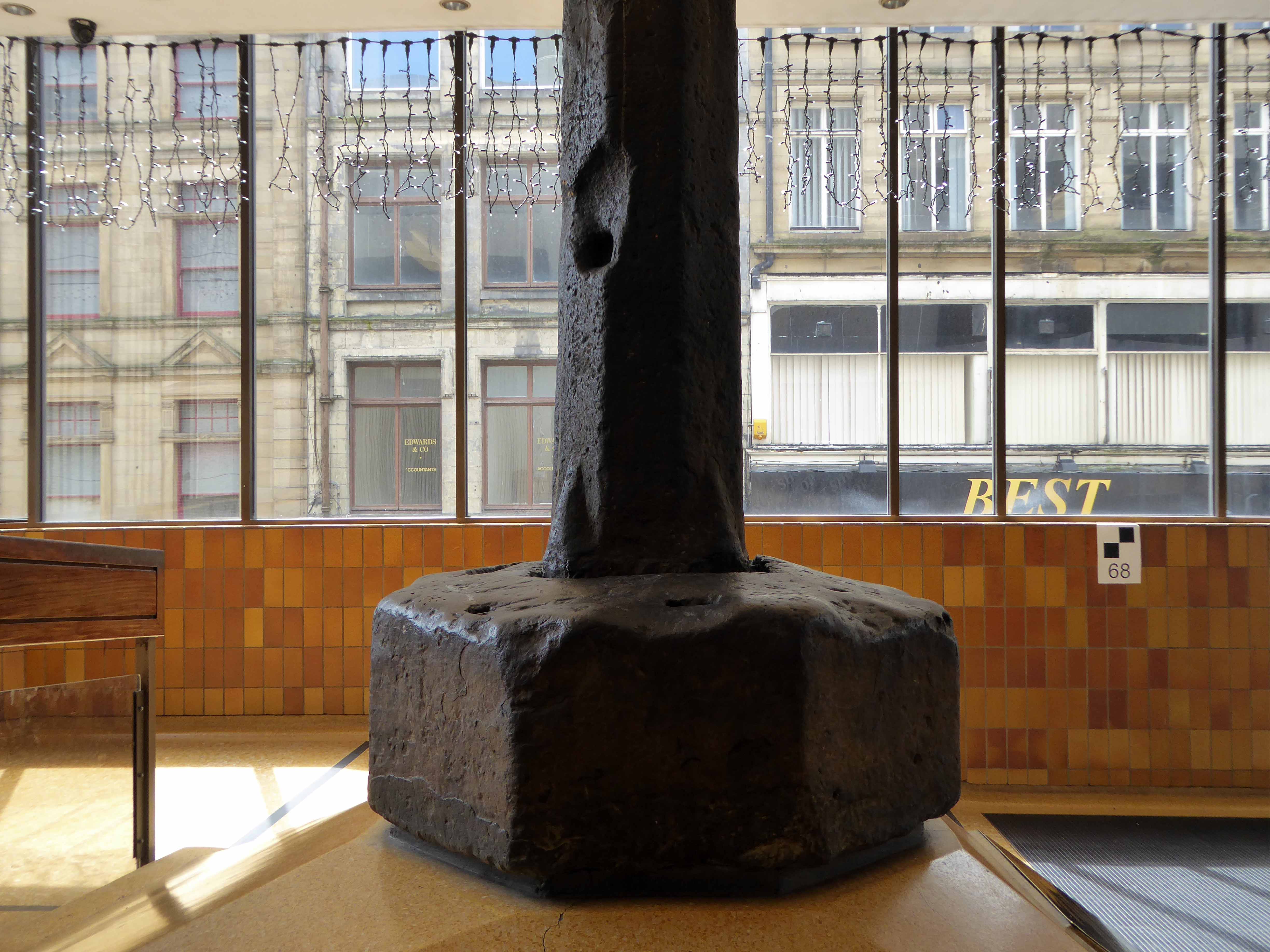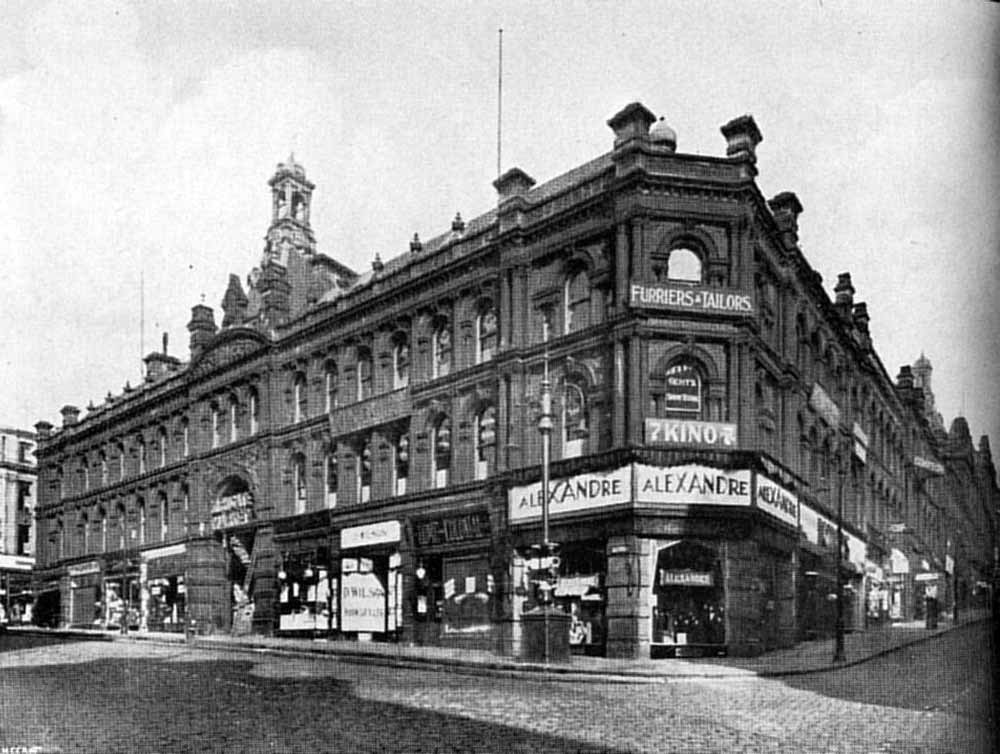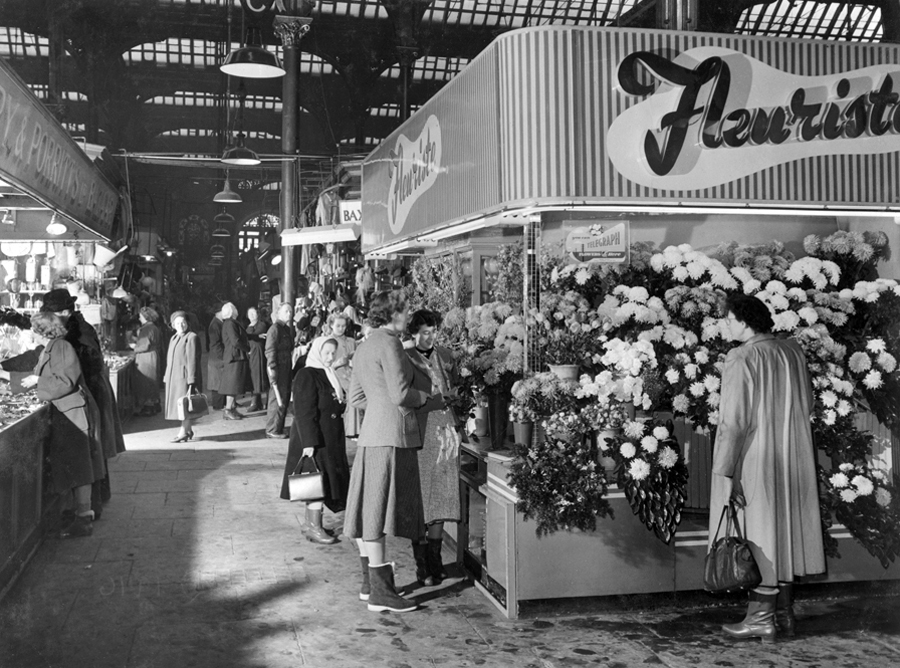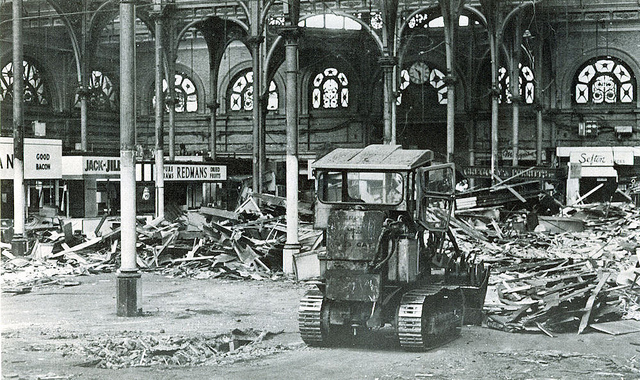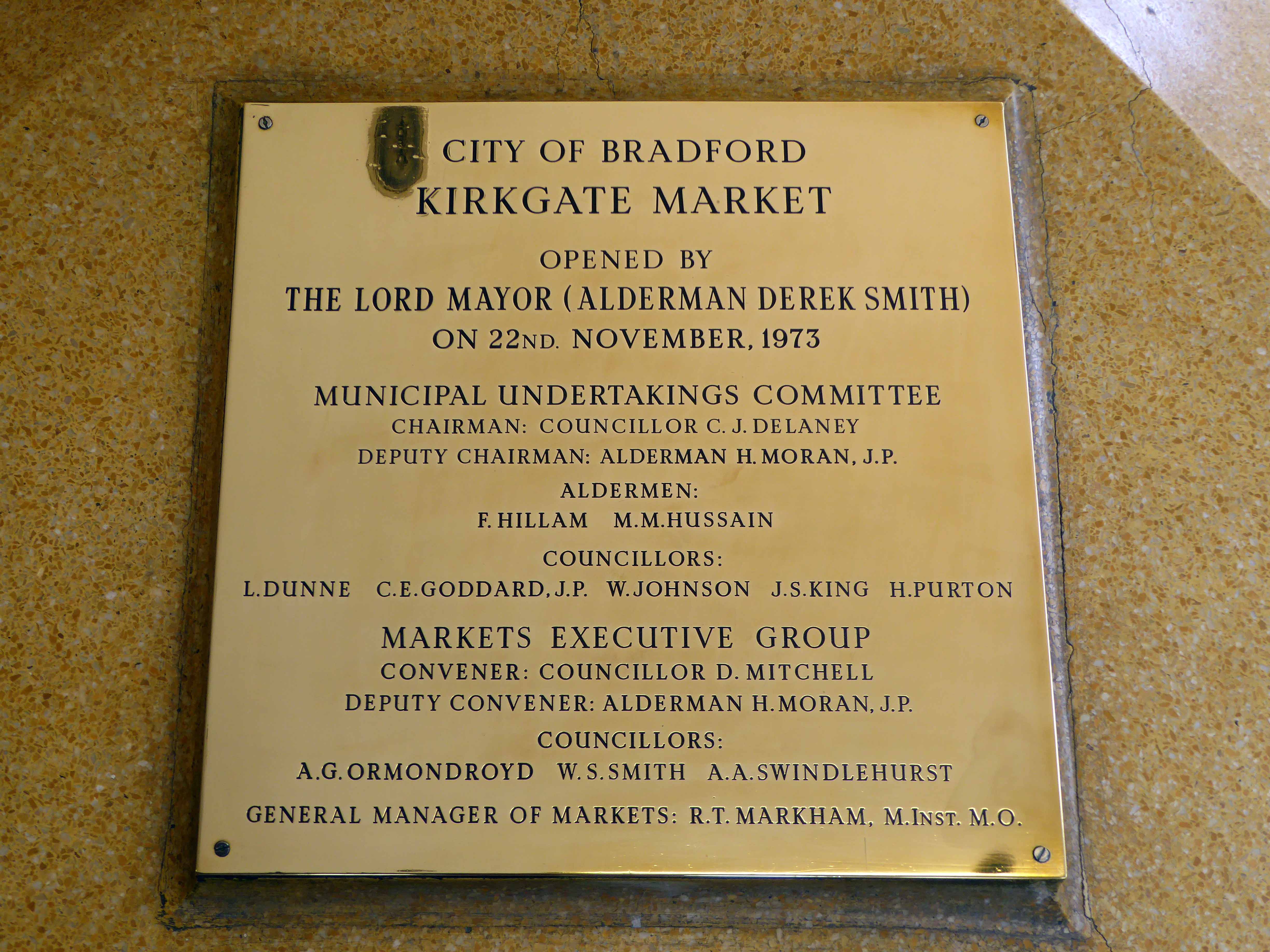Rooley Avenue Bradford West Yorkshire BD6 1EZ

Named for local lad pugilist Richard Dunn, the ambitious imagining of architect Gordon Elliott – the sports centre opened in 1978.
The Richard Dunn Sports Centre, originally Odsal Sports Centre, was designed by myself Trevor Skempton, as part of a team in the office of Owen Perry, Bradford City Architect until 1974.
Gordon Elliot then took over; as Chief Architect for the Met District, after the construction contract had been let.
Comprising pools, sports hall, dance studio, sauna, gym and ancillary facilities the centre was certainly state of the art.

Sweeping interlocking arcs of concrete, were at the heart of the structure.

Topped out with a suspended canopy.

Attracting huge crowds on the occasion of its opening.
Images The Telegraph and Argus.
The building was to be demolished in April of this year – it closed in November 2019.
I assume that the state of the art became less state of the art – as running costs grew and newer greener technology became state of the art.
The state of the art Sedbergh Sports and Leisure Centre opened in September 2019.

Initially the Richard Dunn site was to be sold for development, this along with plans for demolition seem to be in abeyance.
Arrangements are being made to turn Bradford’s Richard Dunn Sports Centre into a temporary mortuary should the current Coronavirus crisis escalate.
It’s remarkable – here are my photographs from February 2020.
I advise you to get along and take a look, just as soon as humanly possible.






















Recently John Mann was granted permission to snap the deserted interior.




The ghostly gasps of the exercising public exorcised forever.
Eileen Ayres, who has worked at Richard Dunns from before it even opened to the public said:
When I came here this place was super, super modern – state of the art. Now we’re moving to Sedbergh it is great to be in a state of the art facility again. The younger staff are so excited about the move to a new, modern sports centre.
I have a lot of memories of here, a lot of staff I’ve met and become friends with over the years. We’ve had a lot of events here, international events that have taken place here over the years. When Richard Dunn was new a lot of people wanted to hold these events here. Now we have a new leisure centre I hope some of these events come back to Bradford.
I started at 23, I said I was just coming for a year. Here we are 41 years later.
When asked if she thinks it is right to be closing down Richard Dunn she said:
In my heart no, but realistically it has to go. It is run down – it would be way too expensive to run or refurbish. You can’t keep putting money into old things.
























































































































































